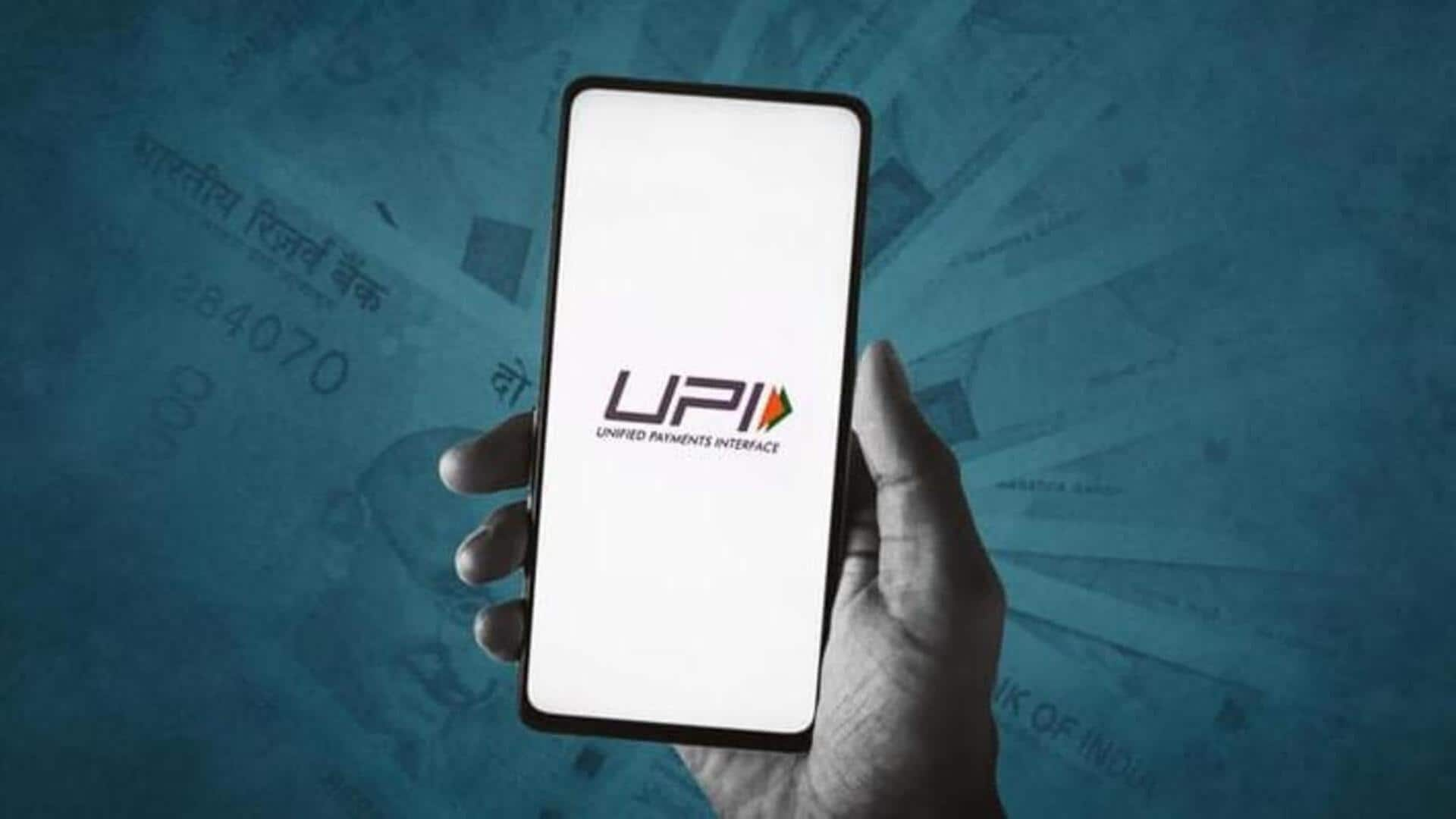
Government mulls MDR on UPI transactions: Who does it affect?
What's the story
The Indian government is considering the introduction of Merchant Discount Rate (MDR) fees on Unified Payments Interface (UPI) transactions, especially for large merchants. The move is being actively discussed by the Finance Ministry and Reserve Bank of India (RBI), according to Entrackr. If implemented, it would mainly target businesses with high volumes of UPI payments like Amazon, Swiggy, Zomato, and Zepto.
Revenue generation
What are MDR fees?
When you pay a merchant using a digital method like a debit card, credit card, or UPI, a small percentage of the transaction amount goes to the payment service providers (like banks, payment gateways, or apps like PhonePe, Google Pay, etc.). This cut is the MDR. The proposed MDR slab would apply only to large merchants, who wouldn't be able to pass on this cost to consumers. They would have to absorb it as a cost of doing business.
Sustainability issues
Discussions started in FY25
The talks of MDR on UPI transactions have been going on since the last quarter of FY25. The move comes as banks and payment aggregators are concerned about the sustainability of the current UPI infrastructure, which operates without a revenue model and insufficient subsidy. Last year, Payments Council of India (PCI) suggested that large merchants already paying 2% MDR on cards should also pay 25 bps for UPI.
Subsidy details
Current revenue model is unsustainable
Currently, the government gives a 15 basis points (bps) subsidy for UPI transactions below ₹2,000. Banks used to charge 30 bps on these transactions before it was waived off by the FM in 2020. Despite soaring UPI volumes, the current revenue model is unsustainable and is putting pressure on banks, Payment Aggregators (PAs), and Payment System Providers (PSPs). These entities have been bearing losses on UPI transactions due to ongoing costs like server upgrades and tech investments.